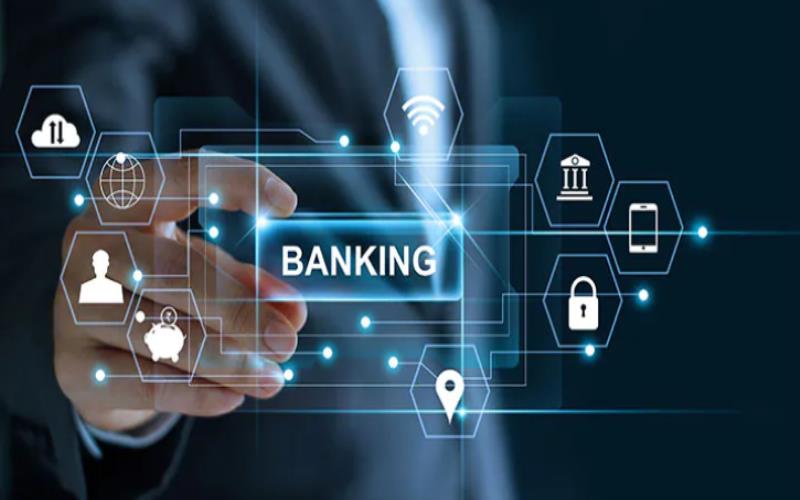In the blink of an eye, digital banking has transformed from a convenience to a necessity in our daily lives. From depositing checks through a mobile app to managing investments online, the evolution of digital banking has been nothing short of revolutionary. Let’s delve into the trends that are shaping the future of this dynamic industry.
Mobile-First Approach
Gone are the days of waiting in long lines at the bank. With the rise of smartphones, banks are prioritizing mobile apps to provide seamless banking experiences. Whether you’re transferring funds, paying bills, or monitoring your account activity, everything is just a tap away. The convenience of banking anytime, anywhere has become a game-changer for customers worldwide.
Artificial Intelligence (AI) and Machine Learning
AI is not just a buzzword anymore; it’s a driving force behind the evolution of digital banking. Machine learning algorithms analyze vast amounts of data to personalize customer experiences, detect fraud, and even provide financial advice. Chatbots powered by AI are available 24/7 to assist customers with inquiries, making banking interactions more efficient and user-friendly.
Blockchain and Cryptocurrencies
Blockchain technology is disrupting traditional banking systems by offering faster, more secure transactions. Cryptocurrencies like Bitcoin and Ethereum are gaining traction as viable alternatives to fiat currencies. While the regulatory landscape is still evolving, the potential for blockchain to revolutionize cross-border payments and reduce transaction costs is undeniable.
Open Banking
Open banking initiatives are reshaping the financial landscape by promoting collaboration between banks and third-party developers. By sharing customer data through secure APIs, banks can offer innovative services such as budgeting apps, investment platforms, and lending marketplaces. This fosters competition and empowers consumers to access a wider range of financial products and services, with platforms like FintechZoom playing a crucial role in aggregating and disseminating relevant information.
Enhanced Security Measures
As digital banking continues to proliferate, ensuring the security of customer data is paramount. Biometric authentication methods such as fingerprint and facial recognition add an extra layer of protection against unauthorized access. Multi-factor authentication and encryption techniques safeguard sensitive information from cyber threats, giving customers peace of mind in an increasingly interconnected world.
Personalization and Customer Experience
In the era of big data, banks have unprecedented insights into customer preferences and behaviors. Leveraging this data allows banks to tailor their offerings to individual needs, whether it’s recommending relevant products or providing personalized financial advice. Enhanced customer experiences foster loyalty and trust, driving long-term relationships between banks and their customers.
Embracing Sustainability
Sustainability is no longer just a buzzword; it’s a fundamental aspect of corporate responsibility. Banks are increasingly incorporating environmental, social, and governance (ESG) factors into their operations and investment strategies. From financing renewable energy projects to offering green banking products, the financial industry plays a pivotal role in driving positive change towards a more sustainable future.
Regulatory Compliance and Fintech Collaboration
Navigating the complex regulatory landscape is a constant challenge for banks in the digital age. Collaboration with fintech startups enables banks to innovate while ensuring compliance with regulatory requirements. Regulatory sandboxes provide a safe environment for testing new technologies and business models, fostering innovation while mitigating risks.
Conclusion
The evolution of digital banking is a testament to the transformative power of technology in the financial industry. From mobile banking to blockchain technology, the future of banking is digital, secure, and customer-centric. By embracing innovation, collaboration, and sustainability, banks can stay ahead of the curve and continue to meet the evolving needs of their customers in the digital age.
